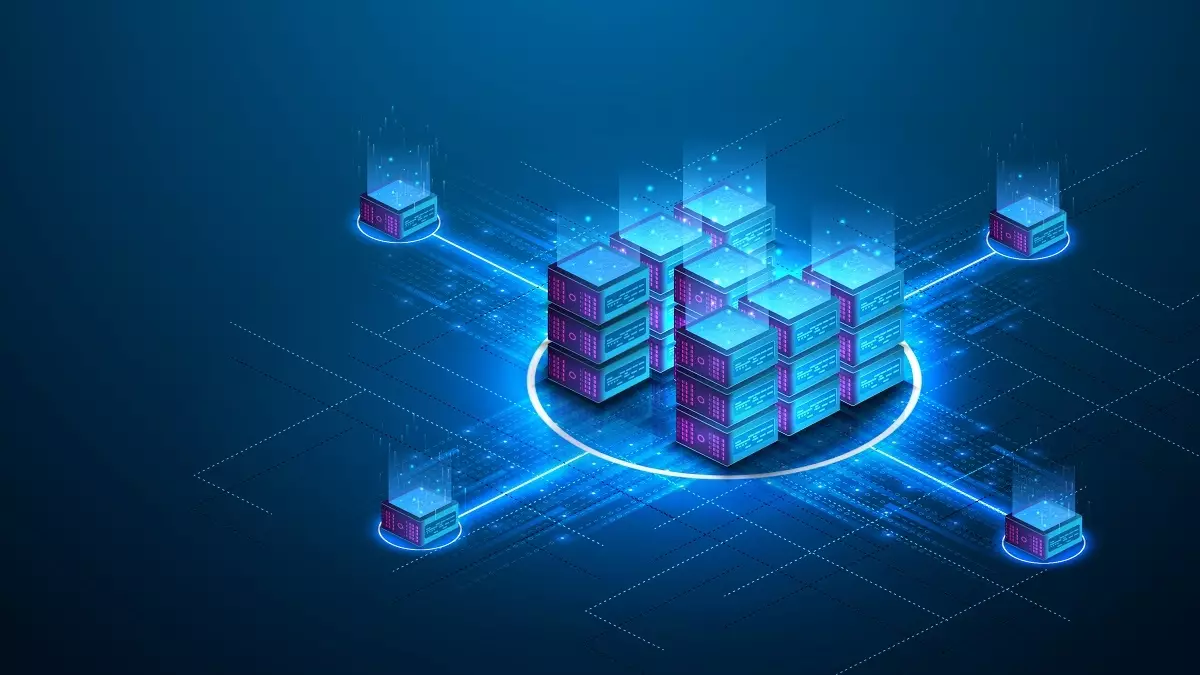Redis (Remote Dictionary Server) is an extremely popular open-source, NoSQL, in-memory data structure store, used as a distributed, in-memory key–value database, cache, and message broke. Redis Database was voted as the most loved for 5 consecutive years by developers in the StackOverflow survey, due to its ease of use, performance, and scalability. Redis has emerged as a popular choice for caching, session management, gaming, fraud detection, leaderboards, real-time analytics, geospatial indexing, ride-sharing, social media, and streaming applications. Redis Database has recently been prone to several critical vulnerabilities of CVSS scores of 9 or above, thus affirming the need for secure configuration and hardening of database clusters.
The course will begin with an explanation of key–value and NoSQL databases. You’ll then be introduced to the Redis Database. Next, you’ll learn about the popularity and common applications of the Redis Database, as well as the features and benefits of the Redis Database. As you move along, the course will illustrate how to install the Redis Database across all platforms (Windows, Linux, MacOS, from Source). Next, you’ll gain a thorough understanding of the data types and data structures in Redis, starting with learning about Strings. This will be followed by a thorough explanation of lists, sets, and hashes. You’ll also learn in detail about streams, sorted sets, and bitmaps. Moving ahead, you’ll explore the Redis CLI, where you’ll learn about the modes of Redis CLI, as well as how to use Redis CLI. Next, the course will illustrate how to query the Redis Database, starting with learning about the commands for querying the Redis Database (GET, SET, MGET, and others). This will be followed by learning how to perform querying operations. You’ll also be introduced to RediSearch, and you’ll learn to use RediSearch for database querying. The course will then shift its focus to persistence in the Redis Database, where you’ll start with understanding persistence, followed by learning about persistence methods and implementing the persistence methods. Next, you’ll learn about replication and high availability in the Redis Database, where you’ll start with gaining an understanding of replication. This will be followed by learning about the mechanisms of replication and how to implement replication in Redis. You’ll then progress to understanding how to secure the Redis Database. Here, you’ll start by exploring the existing security features in Redis. Next, you’ll learn how to use the protected mode in Redis, how to configure strict Access Control Lists (ACLs) in the Redis Database, and how to manage user permissions. Further, the course will also illustrate how to implement SSL/TLS encryption in the Redis Database, how to implement user authentication in the Redis Database, and how to deploy network-level security in Redis (preventing unsafe node connections, IP restrictions, and more). You’ll also learn how to configure a firewall for the Redis Database, and you’ll explore a few security errors to avoid.
As you near the conclusion, the course will provide a cheat sheet for the Redis Database operation. The course will end with a guide for the learners on how they can further leverage what they learned in this course by pursuing EC-Council’s Certified Cloud Security Engineer (C | CSE) Certification.
By the end of this course, you’ll be well-versed in configuring and using the Redis Database, while you’ll also be aware of the security measures needed to protect your Redis Database.
















